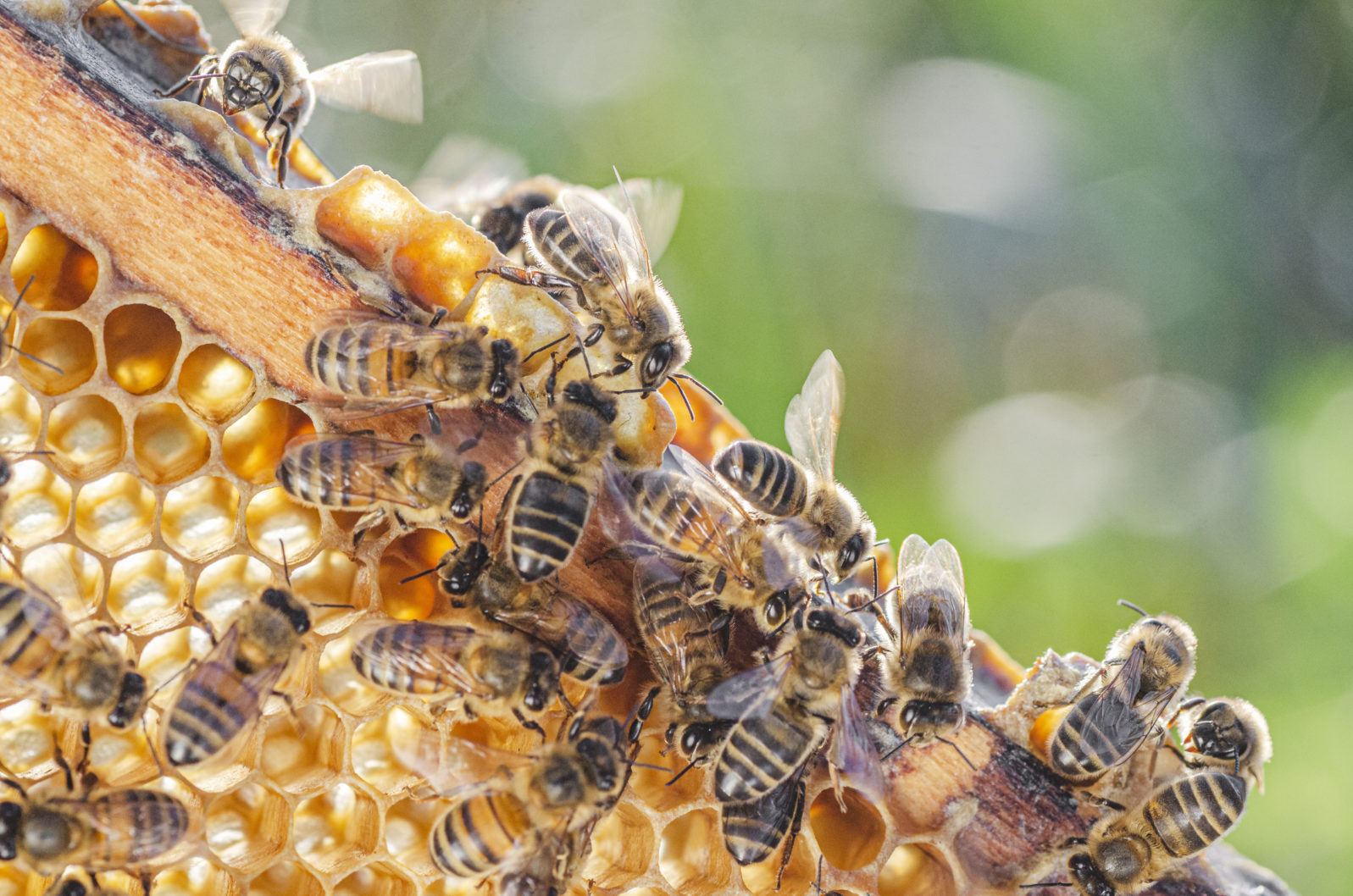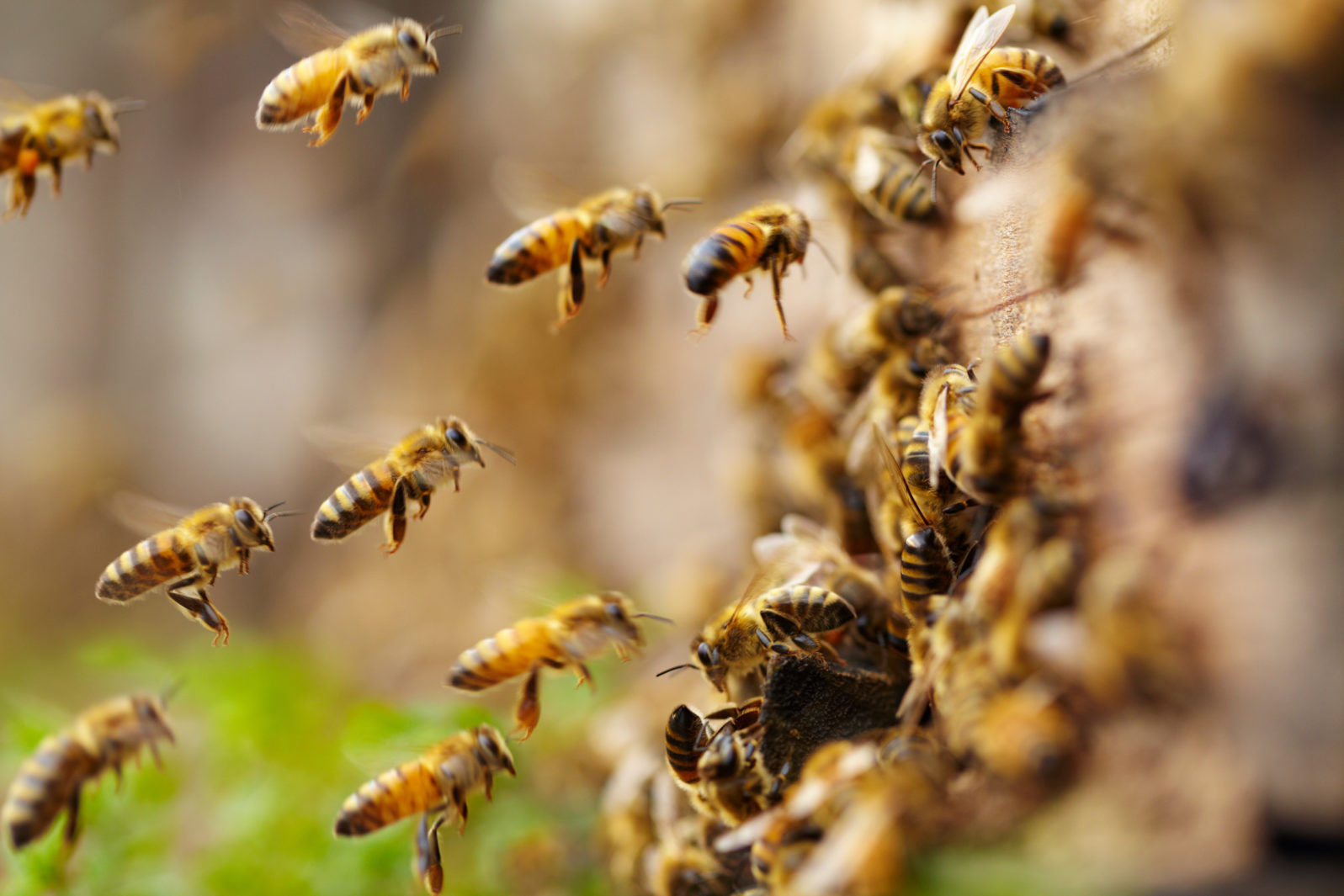Claim: Honeybees, “Like Humans” Can Tell Odd vs. Even Numbers
Ants, fruit flies, and even plants can also calculate but it does not follow that they are conscious of what they are doingRecently, researchers, using sugar water, taught honeybees to distinguish odd from even numbers:
Our results showed the miniature brains of honeybees were able to understand the concepts of odd and even. So a large and complex human brain consisting of 86 billion neurons, and a miniature insect brain with about 960,000 neurons, could both categorize numbers by parity.
Scarlett Howard, Adrian Dyer, Andrew Greentree and Jair Garcia, “Honeybees join humans as the only known animals that can tell the difference between odd and even numbers” at Phys.org (April 29, 2022) The paper is open access.
That should, of course, be a hint that bees are probably using a much less complex process than humans.
Bees would be useful for this sort of research because, as the researchers point out, “Studies have shown honeybees can learn to order quantities, perform simple addition and subtraction, match symbols with quantities and relate size and number concepts.” The researchers definitely demonstrated that we can use operant conditioning on bees.

Nature is founded on mathematics and it is hardly surprising that some life forms take advantage of that. In other examples,
● Optimization algorithms enable the ant colony to decide how many ants to send to a given food source and when to drastically reduce the number.
● Even in fruit flies, single neurons perform complex math. The fly wants something simple — to avoid getting swatted or to find some fruit, for example — but that requires some algebra.
● Brains are not required. Plants like the Venus Flytrap can time things by the chemicals circulating in their systems,
Numerical cognition researcher Silke Goebel points out that there are two different types of counting systems in play. Infants, fish, and bees can recognize changes in number between 1 and 3 but don’t get beyond that. A second, “approximate,” counting ability enables many life forms to detect differences between more and less in much larger numbers.
The easy equation of these natural processes with humans doing math (“a large and complex human brain consisting of 86 billion neurons, and a miniature insect brain with about 960,000 neurons”) is founded on a confusion. Humans do math abstractly. Ants and bees are programmed to perform calculations (in some cases, they can learn by conditioning).
In a study similar to the bee experiment, researchers are said to have taught fish to “do math.” Some test fish learned how to how to get food pellets that way. But the difficulty, as so often, lies with interpretation. Some of the fish tested could distinguish between “one more” and “one less” in sets of up to five items but they certainly were not doing abstract math.
Significantly, none of these life forms take the hint and independently go on to do other types of calculations or show any other interest in math.
Many of us wish they could. In a 2019 experiment with wasps, media stories explicitly claimed that wasps use logical reasoning — which the researchers did not claim. The researchers only said that the wasps’ behavior “resembles logical reasoning.” But then so does the behavior of slime molds that can beat the Traveling Salesman Problem by following a trail of bread crumbs, a problem that stumps computers. But then the slime mold does not go on to solve any other programming problem. It is itself “programmed” to solve just one.
Human numeracy is actually a bit of a mystery. Mathematics takes us into realms of imagination and infinity, and to Gödel’s theorem, which destroyed a popular form of atheism. Bees are not interested in that kind of thing.
Bees can have a very simple form of consciousness in the sense that they know whether they are getting what they want or not. Thus they can be trained by conditioning to do simple calculations like even–odd. But, as noted earlier, they are not six-legged humans. They are incorporating the mathematical structure of the universe into their survival strategies.
You may also wish to read: Pigeons can solve the Monty Hall problem. But can you? The dilemma pits human folk intuition against actual probability theory, with surprising results. In one 2010 study, pigeons outperformed humans in the three-doors test but in a second 2012 study, they only beat preschoolers, not college kids.
